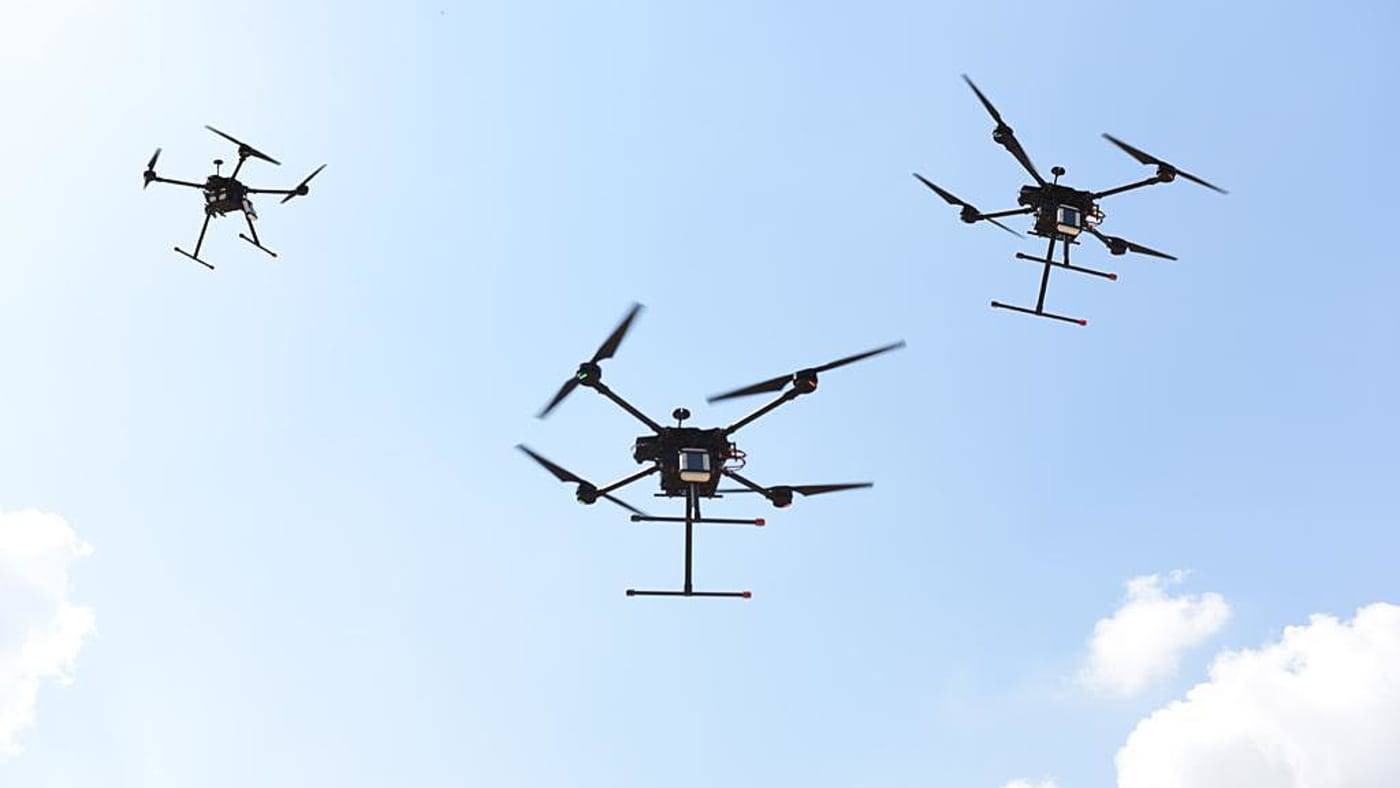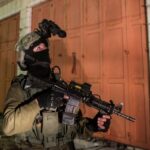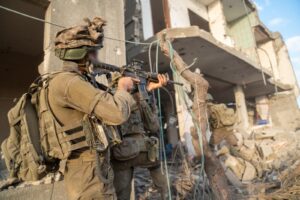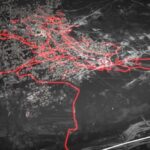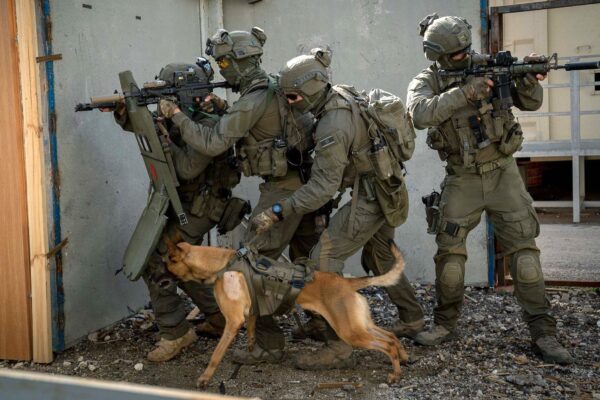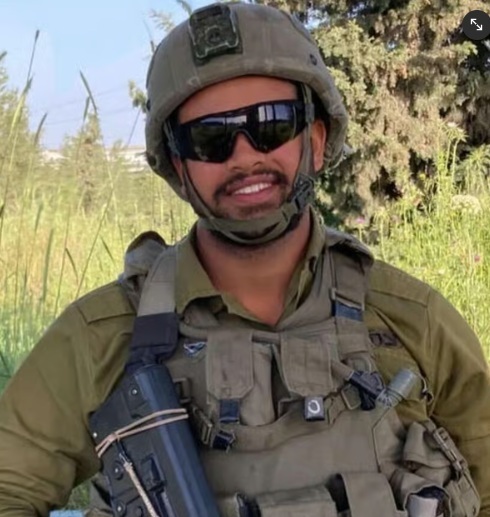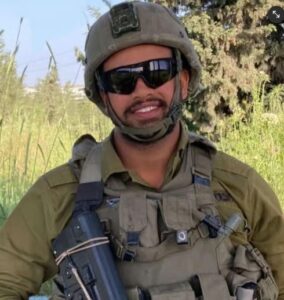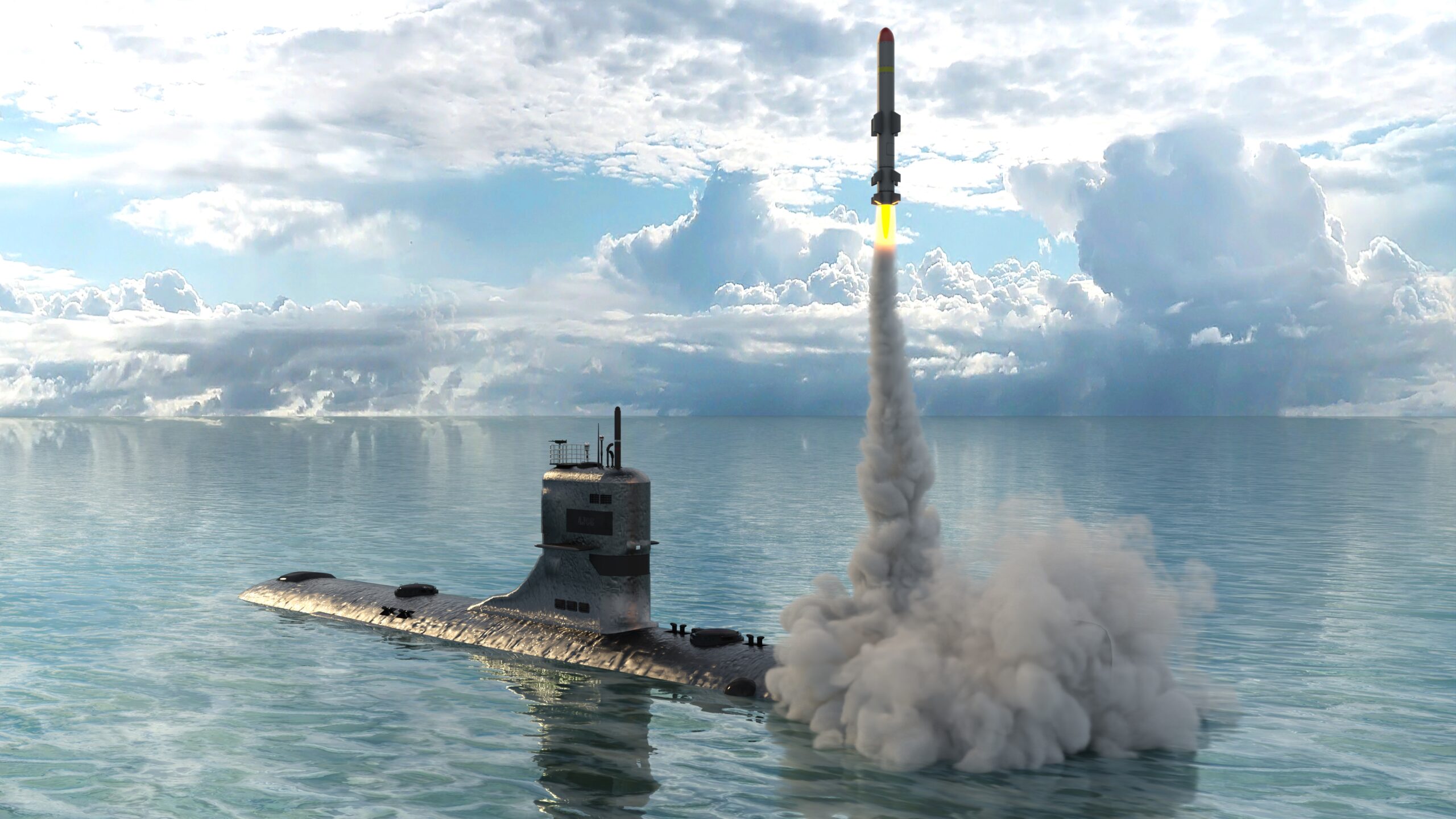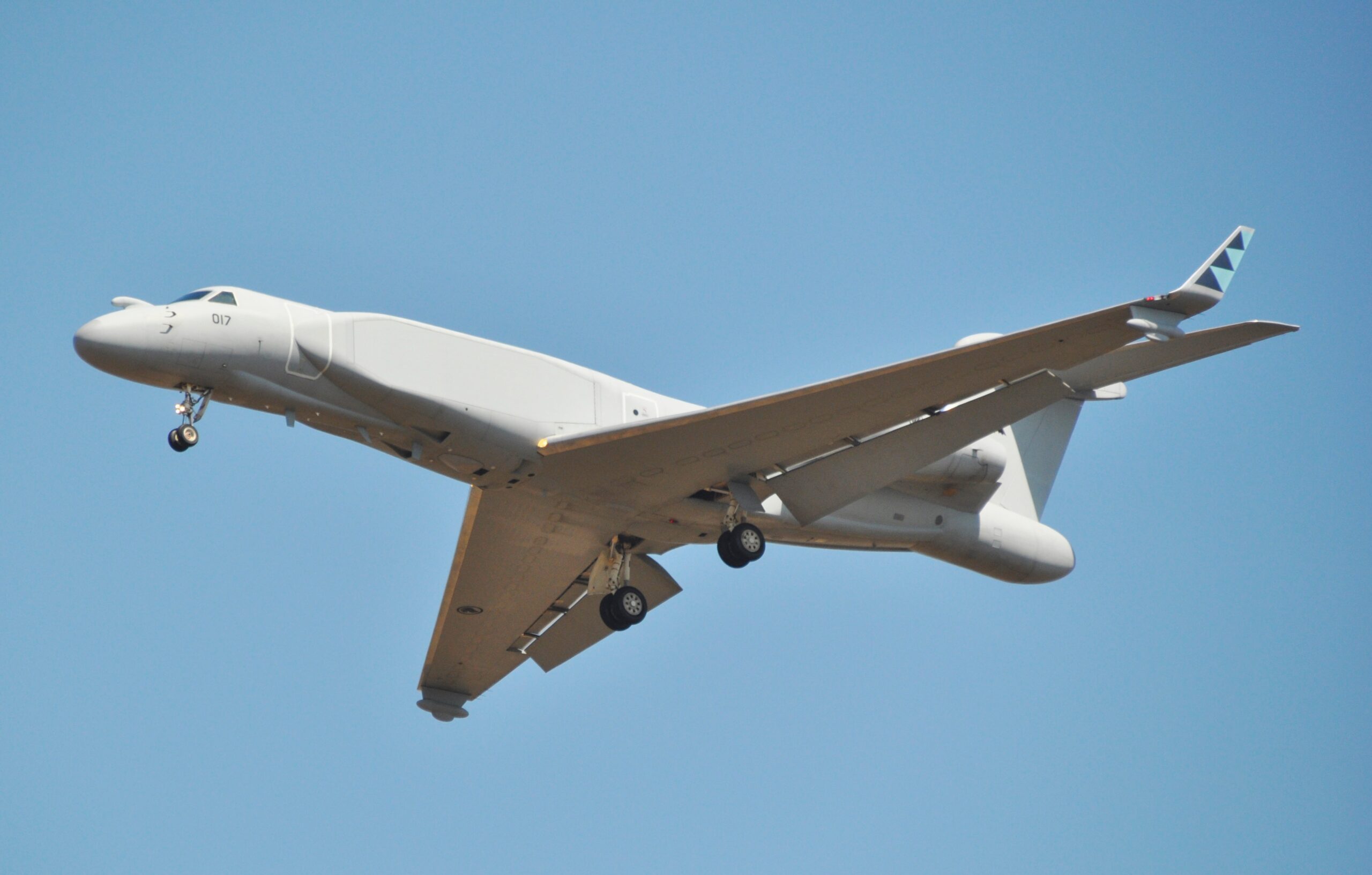Traditionally, the IDF relied on single drones or small units operating independently, but this limited flexibility.
By Hezy Laing
The IDF recently used XTEND’s drone technology to run collaborative missions in Gaza where three to five drones work together in urban combat.
For example, one drone provides live video feed, another delivers munitions, and others act as decoys or communication relays.
These missions proved especially effective in dense Gaza neighborhoods, where traditional surveillance or single‑drone strikes were insufficient.
The collaborative approach gave soldiers real‑time situational awareness and precision targeting while minimizing risk.
New collaborative drone teams are giving the IDF a major tactical advantage because multiple drones can perform specialized tasks simultaneously, creating faster, safer, and more effective battlefield operations compared to the old single‑drone approach.
Traditionally, the IDF relied on single drones or small units operating independently, often requiring one operator per drone.
This limited flexibility: a drone could either scout, attack, or jam communications, but not all at once.
In recent conflicts, especially during the Gaza war of 2023–2025, the IDF realized that adversaries like Hamas and Hezbollah were deploying swarms of cheap drones and hiding in complex environments such as tunnels and dense urban areas.
Collaborative drone teams—usually three to five UAVs—solve this problem by assigning each drone a specialized role.
For example, one drone might provide real‑time surveillance, another carries electronic warfare equipment to jam signals, a third delivers munitions, and others act as decoys or communication relays.
Working together, they create a coordinated “mini‑ecosystem” in the sky.
This allows soldiers to see, strike, and disrupt enemy forces simultaneously, without waiting for separate missions.
The IDF’s Matspen unit and the Sky Rider Unit have been central in developing and deploying these systems.
Companies like XTEND have provided “point‑and‑click” drones that require minimal training, while Robotican and Smartshooter have contributed autonomous and precision systems.
These innovations mean that collaborative teams can be operated by fewer soldiers, reducing manpower needs and speeding up response times.
Compared to the old way of working, collaborative teams are more resilient: if one drone is shot down or jammed, the others continue the mission.
They are also more efficient, since tasks are divided among drones rather than overloaded onto a single platform.
This mirrors the IDF’s broader doctrine of distributed, networked warfare—leveraging many small, smart systems instead of relying solely on large, expensive platforms.
Globally, militaries like the U.S. and China are experimenting with drone swarms, but Israel’s battlefield urgency has accelerated adoption.
In fact, Israeli forces have been able to transform drone warfare in just weeks during active combat, making them one of the fastest militaries to operationalize collaborative drone teams.
In short, collaborative drone teams give the IDF speed, redundancy, and multi‑tasking power, making them far superior to the old single‑drone model and positioning Israel as a leader in next‑generation battlefield robotics.
During fighting in Gaza, the IDF deployed teams of drones equipped with laser scanners to create 3D models of Hamas’s subterranean tunnel networks.
These collaborative teams allowed soldiers to map complex underground routes without sending troops into dangerous areas first.
By combining drones specialized in scanning, surveillance, and communication relay, the IDF could safely and quickly understand tunnel layouts, reducing casualties and improving operational planning.
In the 2024 Gaza war, the IDF’s Matspen unit coordinated collaborative drone teams to respond to new threats within just three weeks.
Reservists and engineers integrated drones with different roles—surveillance, strike, and electronic warfare—into cohesive teams.
This allowed the IDF to transform drone warfare mid‑conflict, deploying systems that could scout, jam, and attack simultaneously.
The speed of adaptation highlighted the advantage of multi‑drone collaboration over older single‑drone tactics.
Collaborative drone teams have already been used by the IDF to map tunnels, adapt rapidly during wartime, and execute coordinated combat missions.
These examples show how Israel is operationalizing drone teamwork faster than most militaries worldwide, giving it a decisive edge in modern warfare.


